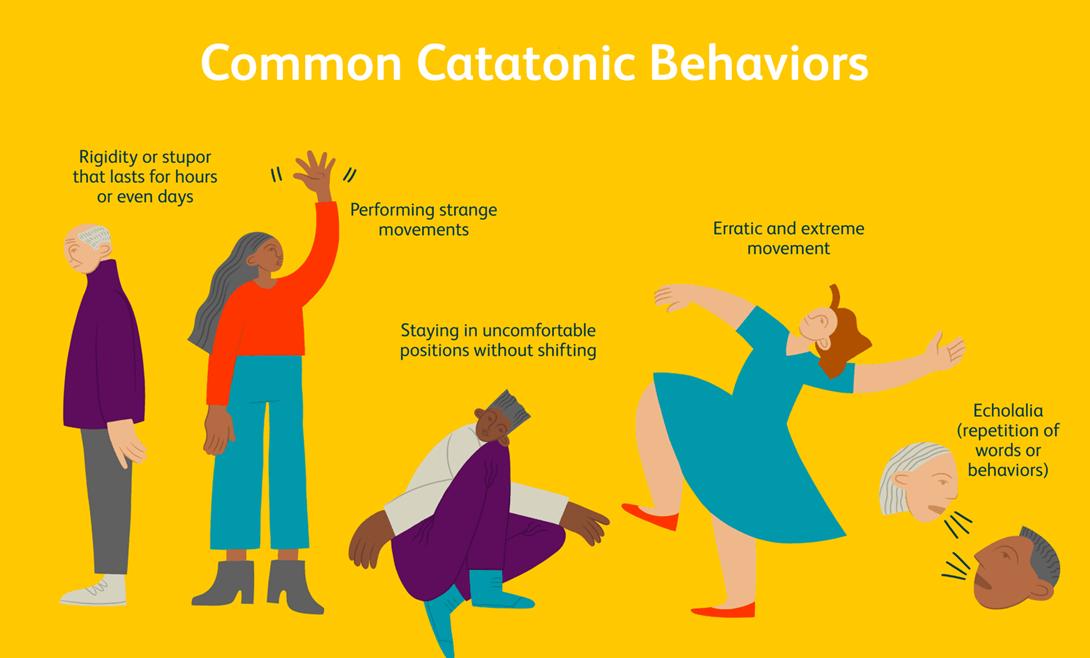Lisa is a 22-year-old woman who experiences episodes of extreme muscle rigidity. She sometimes repeats a word or phrase over and over. Attempts to move her are met with increased muscle resistance. What is she exhibiting?
Catatonia
Disorganized schizophrenia
Schizotypal disorder
Brief psychotic disorder
The Correct Answer is A
Choice A reason: Catatonia is characterized by symptoms such as extreme muscle rigidity, repetitive speech, and resistance to movement, which align with Lisa's presentation. It is often associated with other mental health conditions but can also be a standalone diagnosis.

Choice B reason: Disorganized schizophrenia is marked by disorganized thinking and behavior, inappropriate emotional responses, and erratic actions. While Lisa's symptoms could suggest a psychotic disorder, they do not specifically indicate disorganized schizophrenia.
Choice C reason: Schizotypal disorder involves eccentric behavior, odd beliefs, and difficulty forming close relationships. Lisa's symptoms do not align with the core characteristics of schizotypal disorder.
Choice D reason: Brief psychotic disorder is a short-term condition that includes delusions, hallucinations, and disorganized speech. Lisa's symptoms could be part of a brief psychotic episode, but the specific mention of muscle rigidity and resistance to movement is more indicative of catatonia.
Nursing Test Bank
Naxlex Comprehensive Predictor Exams
Related Questions
Correct Answer is D
Explanation
Choice A reason: Legs in adduction can increase the risk of dislocation after hip replacement surgery.
Choice B reason: Flexing the hip more than 90 degrees can also increase the risk of dislocation.
Choice C reason: Internal rotation of the leg can lead to dislocation of the new hip joint.
Choice D reason: Maintaining the legs in abduction helps to stabilize the hip and prevent dislocation.
Correct Answer is A
Explanation
Choice A reason: This question assesses abstract thinking and judgment by asking the client to consider a hypothetical situation and propose a solution.
Choice B reason: Asking about the city of birth is a fact-based question and does not assess abstract thinking or judgment.
Choice C reason: Inquiring about breakfast is a recall question and does not evaluate abstract thinking or judgment.
Choice D reason: Asking who the president is tests knowledge of current events, not abstract thinking or judgment.
Whether you are a student looking to ace your exams or a practicing nurse seeking to enhance your expertise , our nursing education contents will empower you with the confidence and competence to make a difference in the lives of patients and become a respected leader in the healthcare field.
Visit Naxlex, invest in your future and unlock endless possibilities with our unparalleled nursing education contents today
Report Wrong Answer on the Current Question
Do you disagree with the answer? If yes, what is your expected answer? Explain.
Kindly be descriptive with the issue you are facing.
